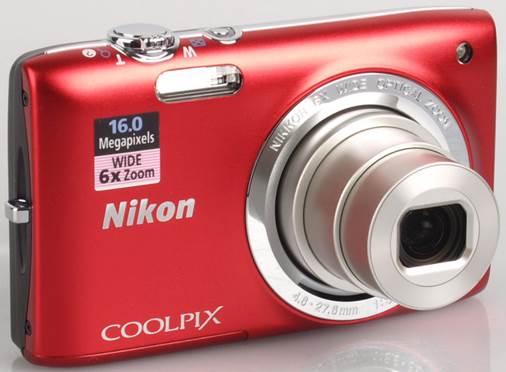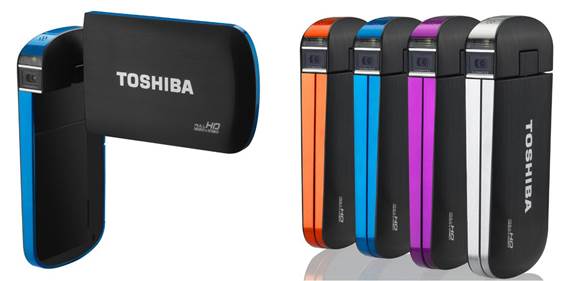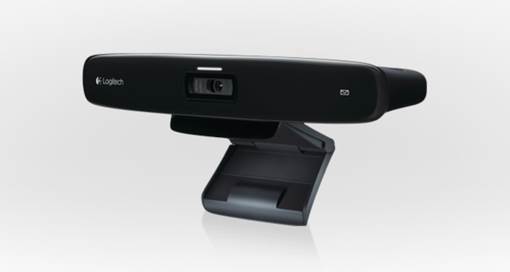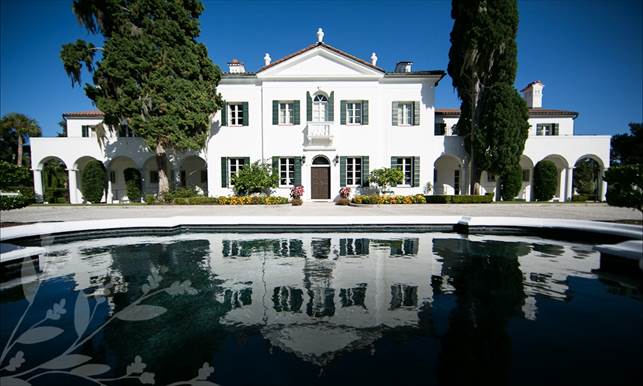Which lenses deliver the best autofocus performance?
There are times when fast, highly efficient autofocus is a bonus, even with an ultra-wide lens. Sure, much of the time you’ll be using this type of lens for landscape and interior shooting, where autofocus speed isn’t an issue. However, ultra-wide lenses are also great for action shots – when you’re right up close to skateboard stunts, for example.
The autofocus systems in the Tamron and both Tokina lenses on test are based on a ‘micro-motor’. These are small electric motors that drive gearwheels to operate the focusing actuator, and they’re often slow and fairly noisy. The next step up is an ultrasonic motor, which is small and relatively quiet, but still operates through gearwheels and isn’t super-speedy.
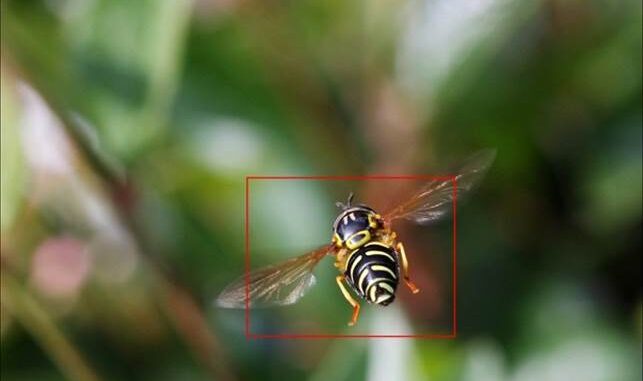
Ultra-wide lenses are also great for action shots
Both of the Canon lenses and all three Sigma models in the group feature advanced, ‘ring-type’ ultrasonic autofocus. Instead of using a motor, the system is based on two large circular rings that are mounted inside the lens, but which have a sufficiently large diameter so that the optical image passes through their middle. This type of autofocus is generally very fast and practically silent. An extra bonus is that, in One Shot AF mode, you get full-time manual override of autofocus, without the need to switch between AF/M on the lens barrel.
Expert Tip
For sunny day shots when the sun is behind you, it’s all too easy to end up with your shadowstretching into the foreground of theimage. To minimise this, use a tripodand a remote controller, or set the camera’s drive mode to a self-timer delay, then crouch down out of the way while the shot is taken. The camera and tripod may still cast a shadow, but this will be relatively easy to clone out at the editing stage.
Tokina AF 10-17mm f/3.5-4.5 AT-X 107 DX
Think ‘fisheye zoom’ and you’re probably thinking of the much vaunted Canon EF 8-15mm. However, the Canon and this lesser-known Tokina are very different. The big idea of the Canon lens is that, on a full-frame body at least, you get a circular fisheye effect at 8mm, zooming to a diagonal fisheye at 15mm, the latter of which gives a frame-filling rectangular image. However, the advantage is completely lost on an APS-C camera, where you get an almost rectangular image with extreme vignetting at 8mm, and a slightly insipid fisheye effect at 16mm.
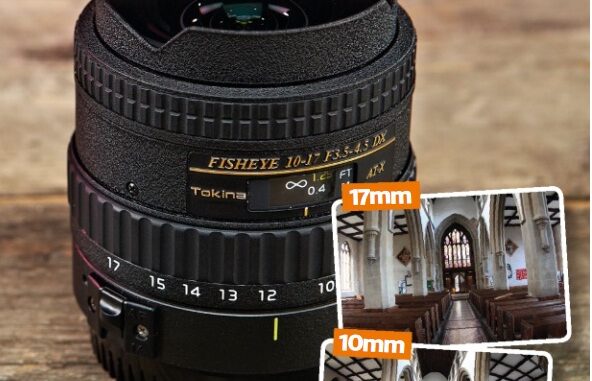
Tokina AF 10-17mm f/3.5-4.5 AT-X 107 DX
By contrast, the Tokina 10-17mm is designed exclusively for APS-C cameras, on which it gives full-sized rectangular fisheye images throughout its whole zoom range. Even so, the fisheye effect is more pronounced at 10mm, and the distortion doesn’t look so extreme towards the 17mm end of the zoom range.
Optical performance is impressive, with plenty of sharpness and contrast, although colour fringing can be quite noticeable around very high-contrast edges, such as tree branches against a bright sky. Ghosting and flare are well contained, which is good news, as fisheyes tend to take in a lot of sky in outdoor shooting.
| Verdict
· Price: $437 at Amazon · For: Unique as an APS-C fisheye zoom; impressive image quality · Against: The exaggerated fisheye effect loses some strength at the 17mm end of the zoom range |
Tokina 12-24mm f/4 AT-X 124 PRO DX II
A heavyweight amongst the ultra-wides, the Tokina 12-24mm is a chunky, solidly built lens. It lacks ultrasonic autofocus and there’s no full-time manual focus override, but it partially redeems itself with a push-pull focus ring: the idea is that you push the ring away from you to facilitate autofocus and pull it towards you to switch to manual focusing. It works quite well in practice and is more intuitive than fumbling around for an AF/M focus switch.
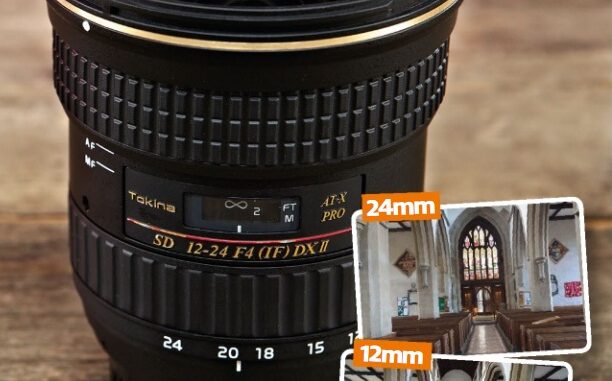
Tokina 12-24mm f/4 AT-X 124 PRO DX II
Built for APS-C bodies, the main drawback of this lens is its zoom range of 12-24mm. Once you take the 1.6x crop factor into account, the shortest effective focal length is 19.2mm, compared with 16mm on most of the competition. The maximum angle of view is therefore rather reduced.
Sharpness proved pretty good between f/8 and f/16, but was rather disappointing at the largest aperture of f/4, which remains constant throughout the zoom range. Barrel distortion is also very pronounced at the 12mm zoom setting, while colour fringing tends to be very noticeable towards the edges and corners of images. Considering its high price, the Tokina 12-24mm doesn’t offer very good value for money.
| Verdict
· Price: $289 at Amazon · For: Sturdy, solid build quality; the push-pull focus ring works quite well · Against: Maximum angle of view is disappointing and overall image quality could be better |
- Ultra-wide Lenses Group Test (Part 1) – Canon EF-S 10-22mm f/3.5-4.5 USM, Canon EF 17-40mm f/4L USM
- Ultra-wide Lenses Group Test (Part 2) – Sigma 8-16mm f/4.5-5.6 DC HSM, Sigma 10mm f/2.8 EX DC HSM
- Ultra-wide Lenses Group Test (Part 3) – Sigma 10-20mm f/3.5 EX DC HSM, Tamron SP AF 10-24mm f/3.5-4.5 Di II
